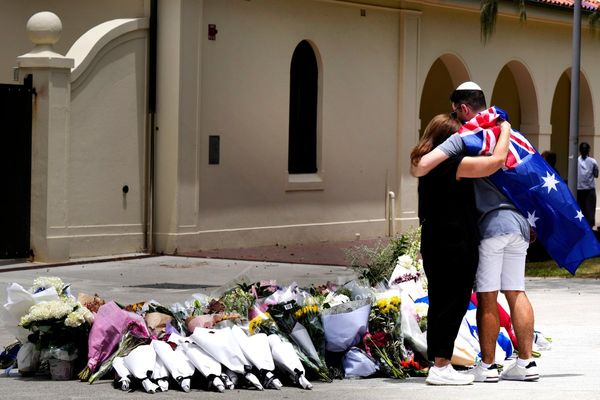
As the summer holiday period nears its end, Jessica* is staring down the barrel of a $1400 buy now, pay later debt she says she’ll struggle to get on top of.
She relied on Zip to stretch her single parent pension so she could pay for Christmas presents, the bills, and keep her daughter fed and entertained over the break. But it was also there to pay for any impulse buys.
“Sometimes it was impulsive spending, but that comes from going without for so long and suddenly feeling like I don’t have to – so I played with the devil a bit,” she said.
Consumer groups now say the number of people reaching out for support with buy now, pay later (BNPL) debts is the highest it has ever been.
“It was an issue before the holiday period, but it has certainly ramped up since then,” said Shungu Patsika, a senior financial counsellor at the National Debt helpline.
“It’s a concern that the number of people with these debts have increased, but also the balances that are outstanding on those accounts have increased.”
Patsika said the socio-economic backgrounds of clients contacting the service for help is also changing. In the past, he said, it had mainly been people on welfare support payments, but there’s now a growing number of people who are working.
“People are saying that they’re desperate and because buy now, pay later products are not regulated like other credit products, it’s easier for them to access and they underestimate their capacity to repay these products,” Patsika said.
According to CHOICE, 1 in 6 BNPL users have used a loan to pay for a supermarket bill, while 14% have used it to pay for a power bill.
At the end of last year, the federal government released for consultation three options on the future regulation of BNPL providers.
The first involves strengthening existing self-regulation of the providers, the second would be to partly regulate buy now, pay later under the National Consumer Credit Protection Act. The third, and strictest of the three options, would be to regulate it the same as a credit card.
Zip chief executive, Cynthia Scott, said the provider conducts affordability checks and operates at standards above the rest of the sector, but agrees it is time for “fit-for-purpose” regulation to protect consumers.
In a joint submission to Treasury’s consultation, consumer groups said that only the option to regulate BNPL as traditional credit products would go the distance needed to protect consumers.
The groups detailed a number of stories in the submission that chief executive of Consumer Action Law Centre, Gerard Brody, said was only the “tip of the iceberg” and showed the fallout from the failure to treat BNPL as a traditional credit product.
These stories included: representatives of Afterpay observed signing people up to the service at a Big W in Queensland during an annual toy sale; a military veteran who had $22,944 of credit card debt approved for loans across three BNPL accounts totalling $4,360; and a young family struggling with the cost of living using BNPL to pay for food and groceries, racking up 35 transactions from one provider in one day alone.
In a survey conducted by the Antipoverty Centre among its members just before Christmas, it found the group have become increasingly reliant on BNPL to pay for essentials.
Spokesperson Kristin O’Connell said this is because government payments do not cover today’s cost of living. She said the push to regulate BNPL presents a dilemma for people on welfare benefits given they have few other choices.
As Jessica said: “I couldn’t have afforded Christmas otherwise.”
According to a spokesperson from Afterpay, people’s ability to repay is assessed at every purchase, and customers cannot use the service if they have missed a repayment. And if they have, the late fees are capped.
Unlike credit products with interest, they said Afterpay was designed to avoid revolving debt. According to research by Accenture, the most vulnerable credit card users paid 7 times more in fees compared with Afterpay customers.
*Jessica did not want her last name used







